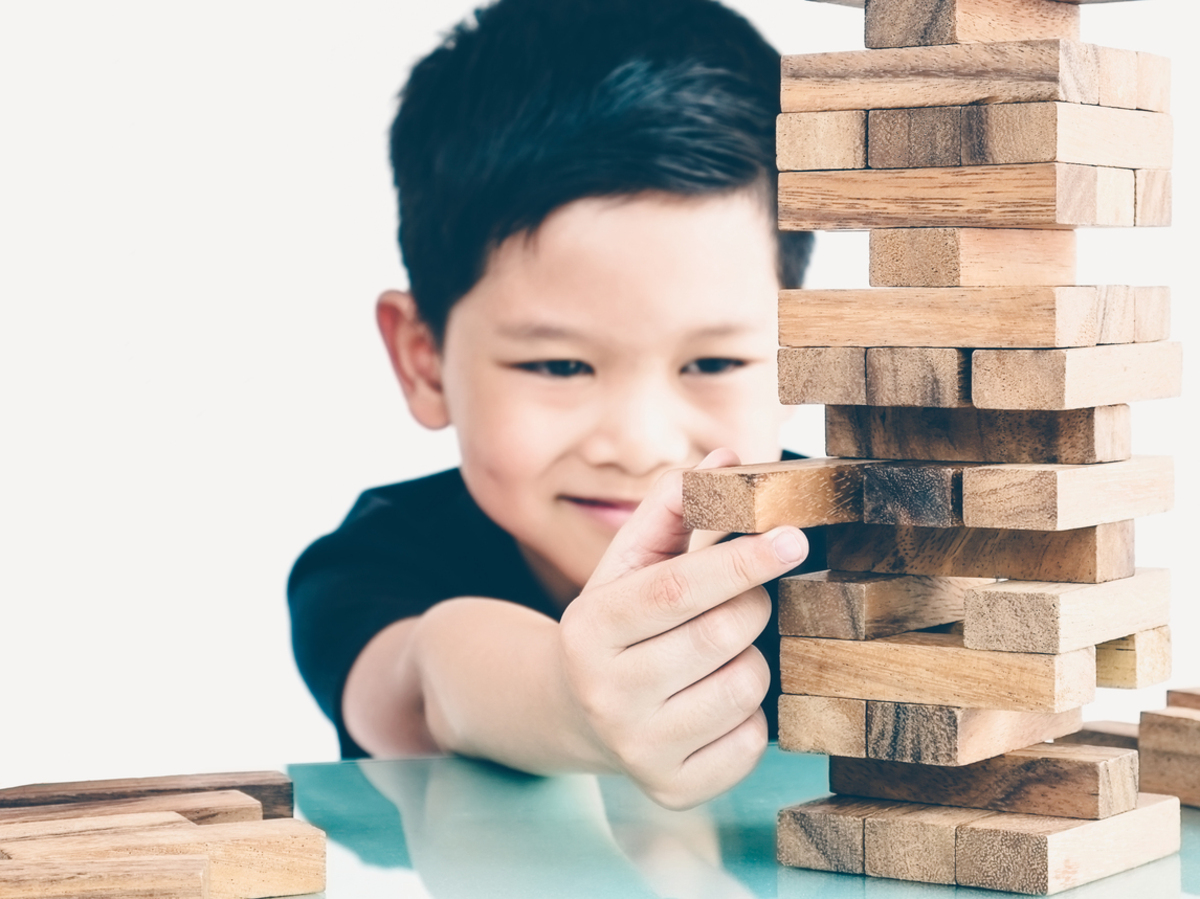Countless people are suffering from cabin fever as they do their bit to flatten the curve and stay home. Countless families are spending way more time together than they were used to, and having a hard time coping. Countless children all over the world are having to adjust to a world in which they can't play sports outside or see their friends.

COVID-19, sheltering in place, and ADHD: The problems
Suddenly being stuck indoors
Multiple bits of research have shown that kids' ADHD symptoms improve when they spend time in nature, green spaces, or outdoors. Concretely, spending time outdoors and walking or running around reduces hyperactivity and increases children's ability to concentrate, and one study suggested that these benefits come into play when a child with ADHD spends at least 20 minutes outdoors.
Government orders differ from place to place. Depending on where you live, your child with ADHD may be able to go out for daily walks, may not be able to go outdoors at all, or be able to exercise outside occasionally. No matter who you are and where you are, we are going to guess that, unless you have a very large backyard, your child's chances of spending time outside have greatly been reduced since the pandemic hit.
A prolonged COVID-19 quarantine poses a threat to all kids' physical health, but ADHD can amplify the impact. The result is probably already obvious — with fewer opportunities to spend all that energy in a health-boosting way, your child may be struggling. Which can in turn add to your own already pretty full-on stress levels.
Adapting to distance learning
In the midst of all the stress the pandemic is causing, it's also highly likely that your child with ADHD is adapting to a distance-learning situation — not exactly an ideal educational setting for people with poor executive function and time management skills, who benefit from clear routines. If you, as a parent, are also working from home during this time, that means you're going to have a hard time providing the kind of structure and help your child needs to stay on task, since you still need to complete your own work.
Parental stress
Parents of children with ADHD already experience more stress than parents of typically-developing children under normal circumstances. Your child's Duracel-bunny way of being, coupled with worries about helping your child stay on task, can be a lot to handle if your own brain works differently.
The solution: What can you do to stay sane as a family when ADHD and COVID-19 quarantine combine?
The same advice for staying mentally and physically healthy that applies to everyone sheltering in place applies to kids with ADHD as well — but even more so.
- Exercise every day. It doesn't have to be vigorous, but it should be something. Yes, chores count, too. Physical exercise alleviates ADHD symptoms, but it also helps your child stay fit and in good spirits. Exercising as a family can be fun and provide structure. If you're not sure where to start, perhaps check out SteadyHealth's rainy-day cardio routine.
- See if your child with ADHD can work on school in short bursts. If you're able to organize your day this way, consider setting up a routine wherein your child focuses on school work intensely for 30 minutes, and then gets a break to do something else. Rinse and repeat until it's all done. Short bursts of activity are easier to sustain than long periods of time.
- Your child with ADHD will benefit from some oversight. Don't expect them to be able to manage their own time and get their stuff done. Check in. Make sure you're there as a point of accountability, which will act as a motivator. If you can — study together with your child, or at least have a little chat about what they learned every day.
- If you're also trying to get work done from home, make use of that famous ADHD hyperfocus and try to make sure your child can engage in activities they're passionate about while you are working. These are unusual times. Online gaming may be the perfect outlet. Or your child may like to try papercraft, sewing, knitting, or cooking.
- Look after your own mental health. The more stressed you are, the more likely you are to add to your child's stress, when will then amplify your own — it's a vicious cycle. Try not steer clear of that, and don't forget about self-care.
- Ask your child to participate in chores, but remember that children with ADHD and poor executive function may lose things and easily become disorganized. Triage must come first, and in this COVID-19 context, that means it may be better for everyone if you help your child with their organizational skills, rather than expecting them to manage their own.
- Don't neglect family fun. Jenga, Twister, floor is lava, and other physically-active games provide family bonding, require some cognitive engagement, and may even offer some low-key exercise.
A final word
My own son was actually in the process of being evaluated for ADHD when the COVID-19 pandemic hit — something that's now been put on hold. These strategies have been working for us, however. I hope your family makes it through this time, perhaps even with a better understanding of each other's needs and a greater appreciation for one another. That's what we're going for. Where there are challenges, there are also often solutions.
- Photo courtesy of SteadyHealth
- American Psychiatric Association. (2013). Diagnostic and statistical manual of mental disorders (5th ed.). Arlington, VA


Your thoughts on this